It’s common for people who are showing signs of facial aging to believe that lifting their skin will make them look younger. Of course, this perception has led to the marketing of “minimally invasive” lifts, such as threads and skin heating devices. Although shifting your cheek skin upward can make you appear younger, there is more to facial aging than meets the eye. In my practice, I’ll discuss my approach to assisting patients who are considering a lifting procedure.
What is a youthful appearance?
A youthful appearance is distinguished by facial balance, definition, and youthful skin. My approach has been to first determine the anatomical issues before developing a treatment plan throughout my career. I have a wealth of experience in facial bone reconstruction, and facial cosmetic surgery. As technology advanced, I applied what I learned from my surgical experience to non-surgical procedures.
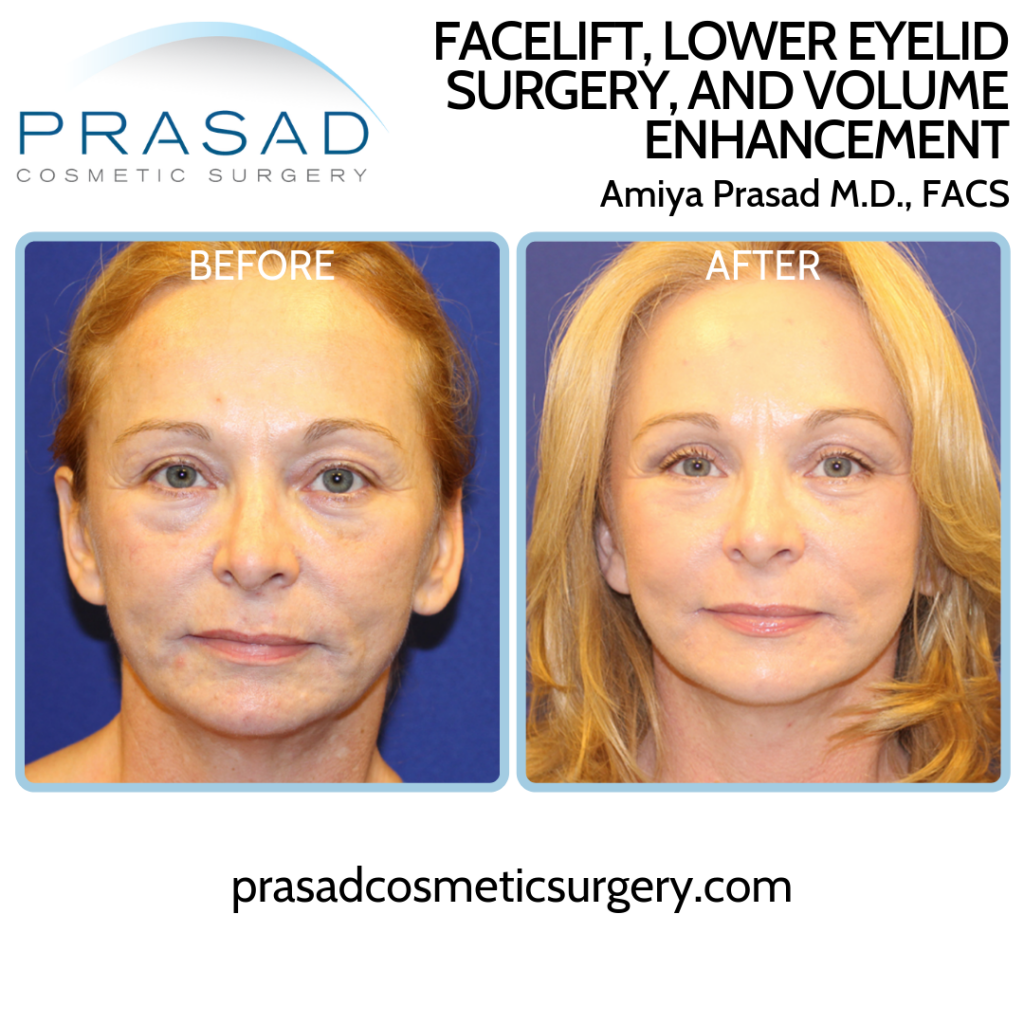
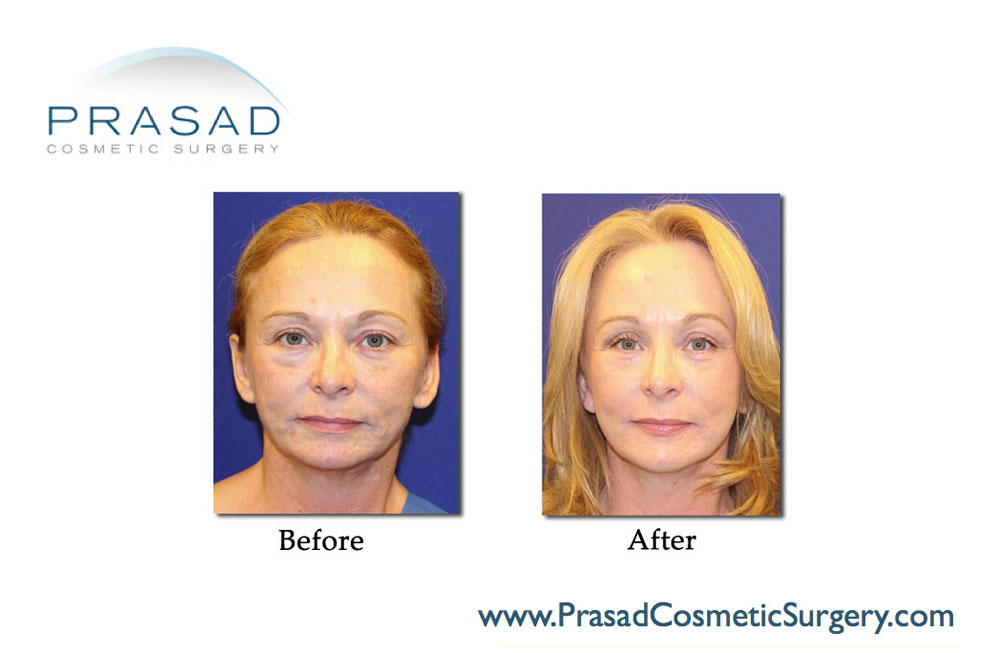
Should I Get a facelift at 40?
Let’s start with the two most important aspects of facial aging. The first sign of bone loss is the appearance of sagging and hollowing. My patients are frequently surprised to learn that as we age, our facial bone volume decreases. This is understandable given our exposure to the marketing of creams and superficial skin treatments as anti-aging solutions. Almost every product claims to, “lift and tighten”.
The significance of bone volume loss with age is well established in medical literature. Many people in their forties and fifties notice their skin sagging, and looking tired. This is because as the underlying bone structure shrinks, it provides less support for the skin. Many people under the age of 40 come in with complaints about their skin sagging, but in reality their bone structure is somewhat deficient.
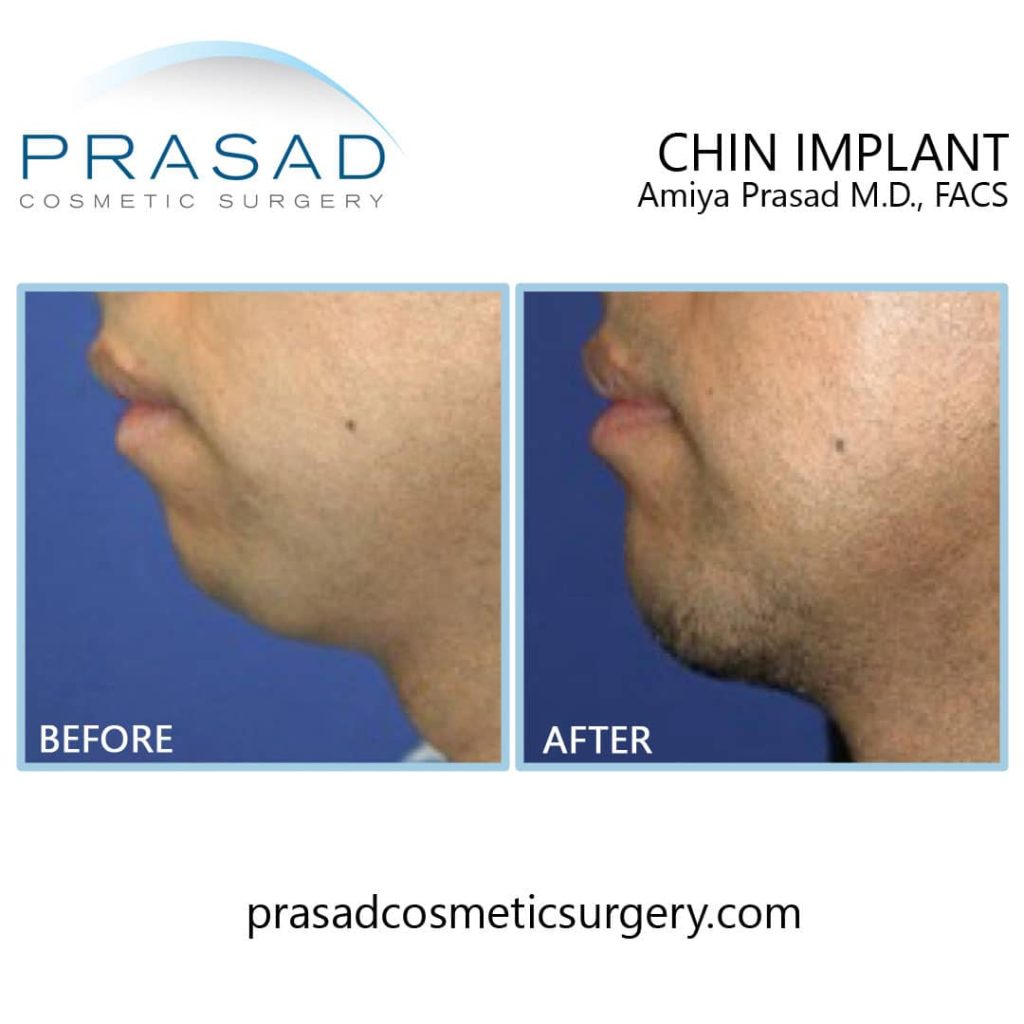
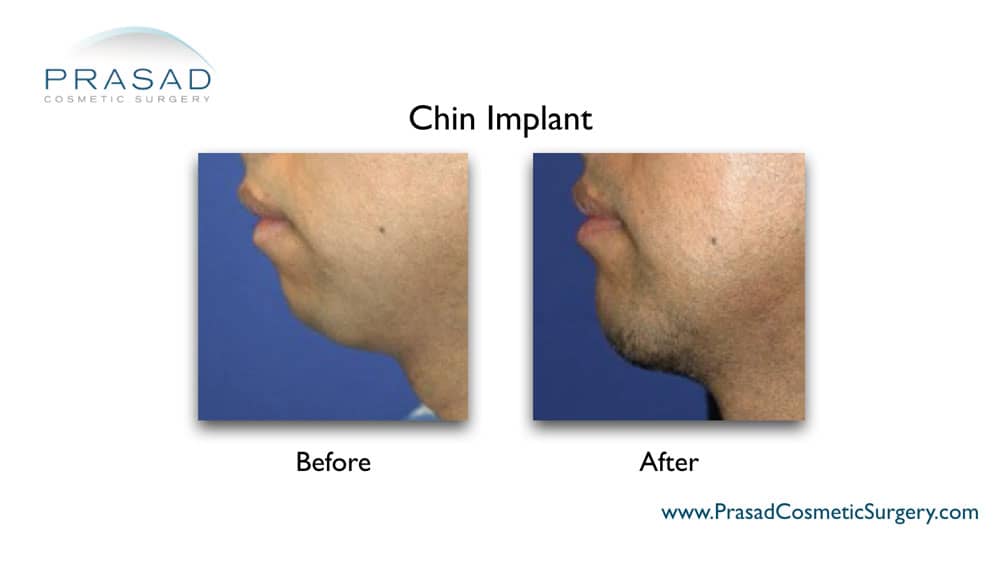
Someone may claim, for example, that they have always had a weak chin or that they have never had good cheekbones. I’ve placed a lot of chin and cheek implants in my surgical practice. I’ve been able to achieve comparable results without surgery for several years, which is accomplished through Structural Volumizing.
Structural Volumizing refers to the use of blunt cannulas to place long-lasting hyaluronic acid fillers such as Juvederm Ultra Plus and Juvederm Voluma directly at the bone level, improving the projection and definition of the facial bone structure.
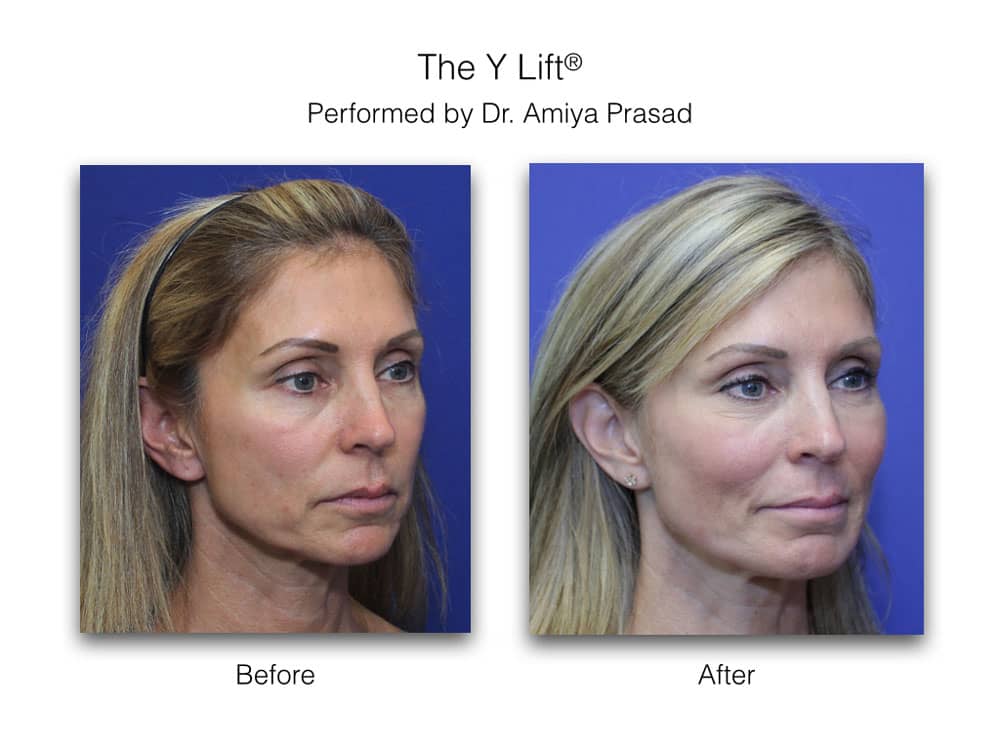
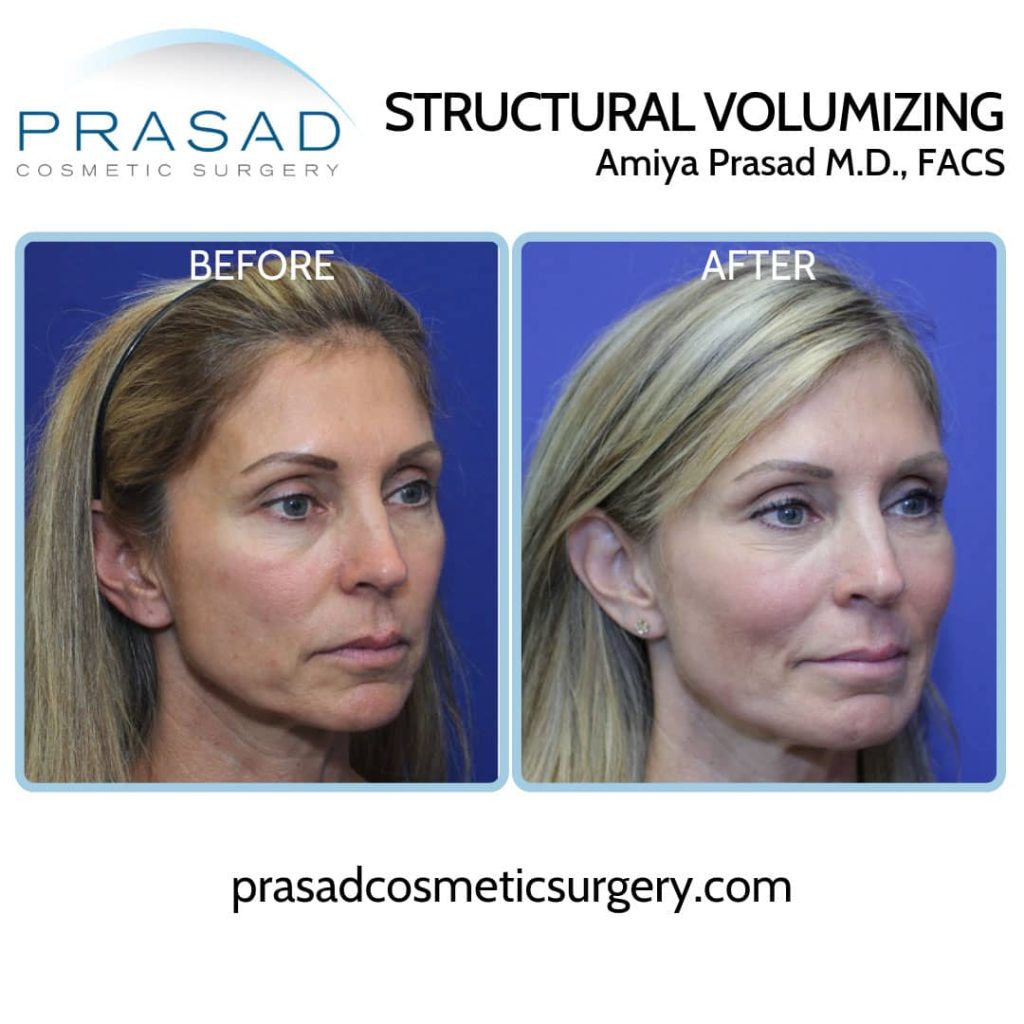
Structural restoration makes the overlying skin appear more toned, with less sagging, and more importantly the proportions of the face have been improved based on the Golden Ratio. The Golden Ratio is a 1.6:1 ratio found throughout nature. Many attractive actors and models have facial proportions that are expressed by the Golden Ratio.
My patients notice an immediate improvement from Structural Volumizing because the underlying problem has been addressed, which contrasts with the current exaggerated claims made by threads and heating devices. It’s interesting that these procedures claim to make significant improvements while requiring months of collagen production to reap the full benefit.
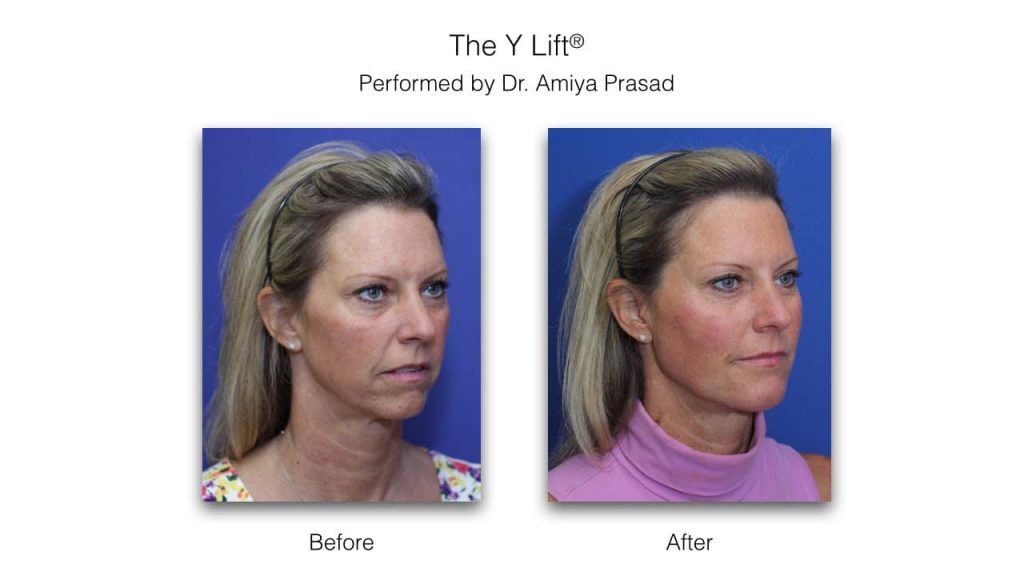
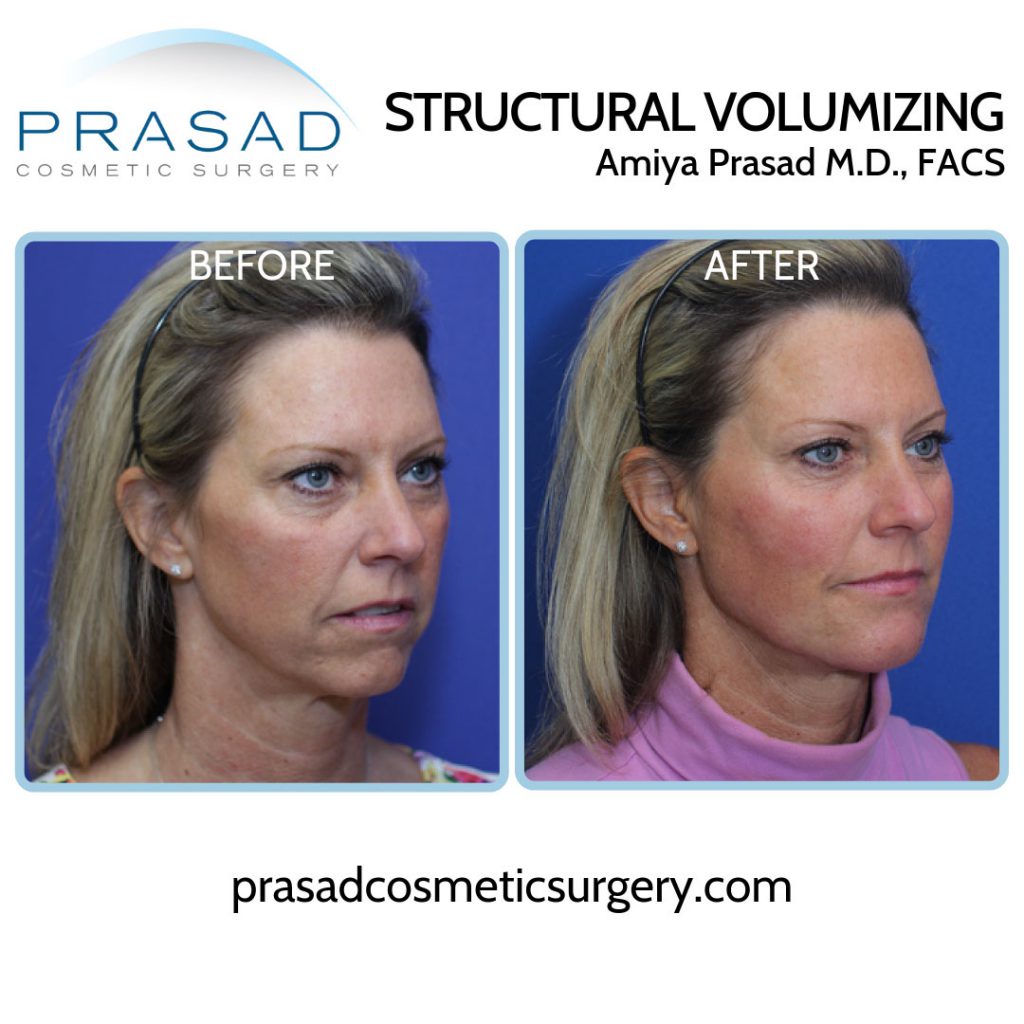
I find it especially hypocritical that many of the “patients” used to demonstrate these procedures are either people who don’t have a problem, or are significantly younger than the people who would seek these treatments.
When is a lifting procedure appropriate?
The second most significant aspect of facial aging is soft tissue laxity. Once again, we must look beneath the surface. When I perform a facelift surgery, I always work on the SMAS, the acronym for “superficial musculoaponeurotic system, which is commonly referred to as “the muscle”.
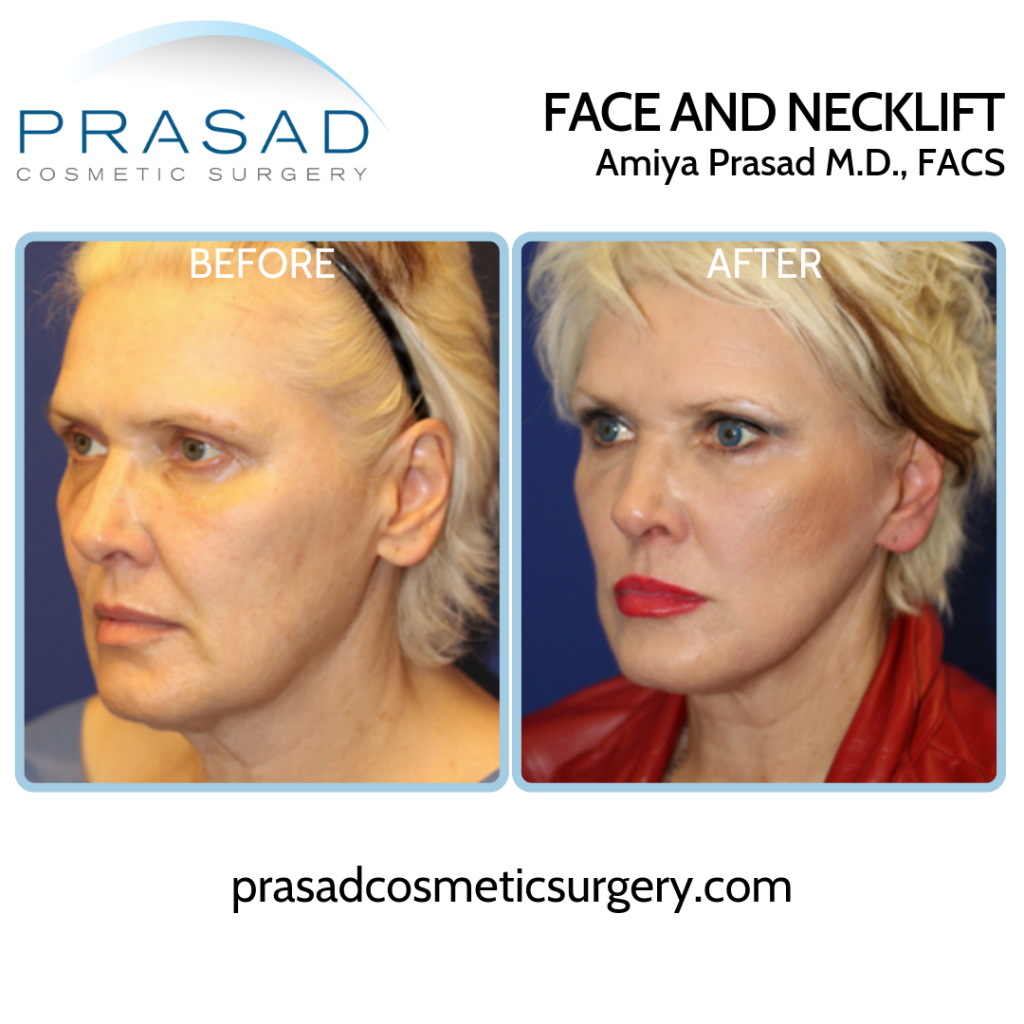
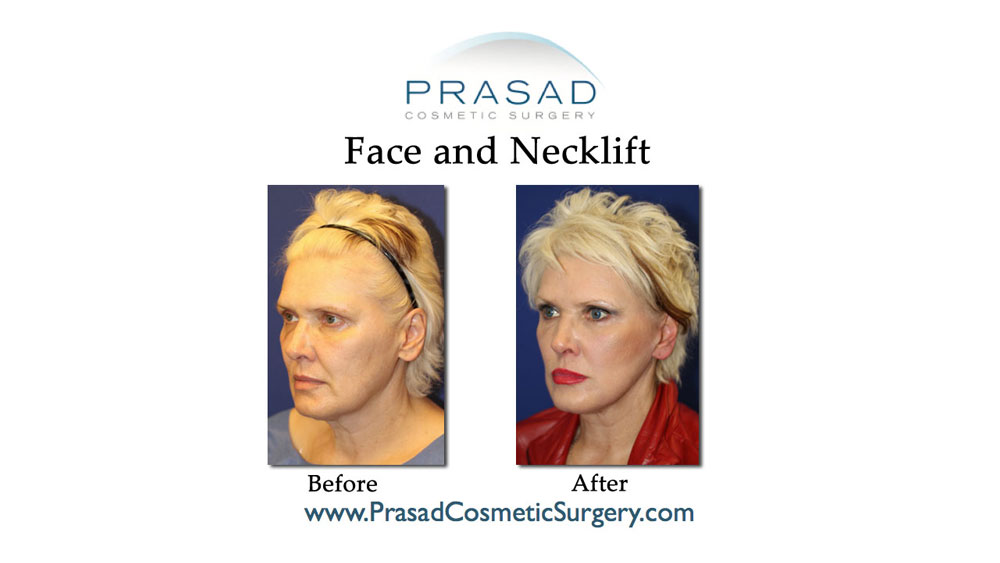
Whether I perform a short scar or a deep plane facelift, I address the SMAS to allow the overlying skin to be repositioned as effectively as possible. My threshold for recommending a surgical facelift has shifted because of the benefits of Structural Volumizing. This means that I generally perform facelift surgery on patients in their sixties and older. I look at it this way: if I perform Structural Volumizing, is the skin laxity too severe to benefit? This is because facelift surgery is used to reposition sagging tissue.
I inform my patients that bone loss is still a treatable condition. This means that Structural Volumizing can help you improve your facial appearance even more. I see many people who had facelifts elsewhere only a few years ago who claim to see little difference. I’m sure they had a flawless facelift, though they claim the surgeon didn’t pull them tight enough (which is unlikely).
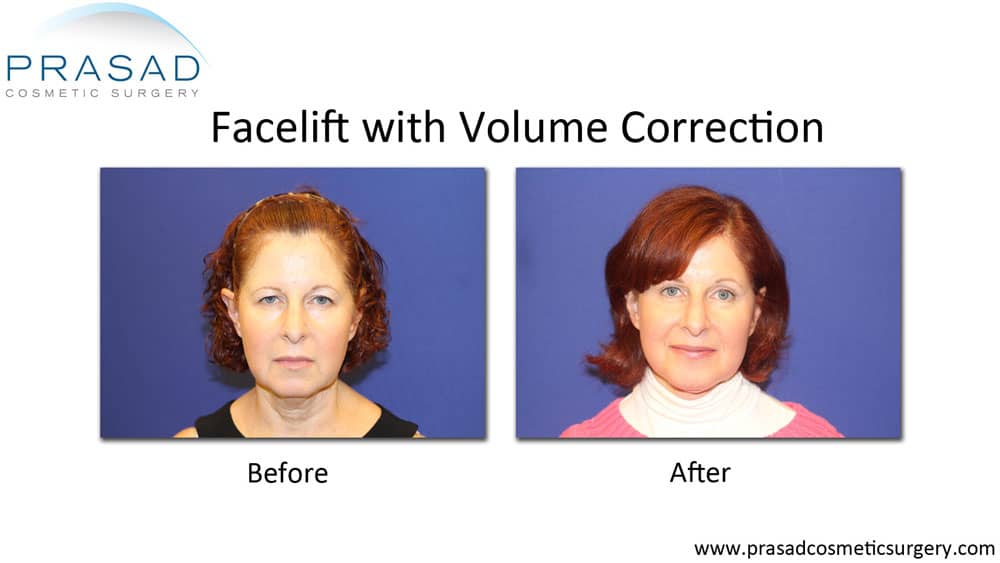
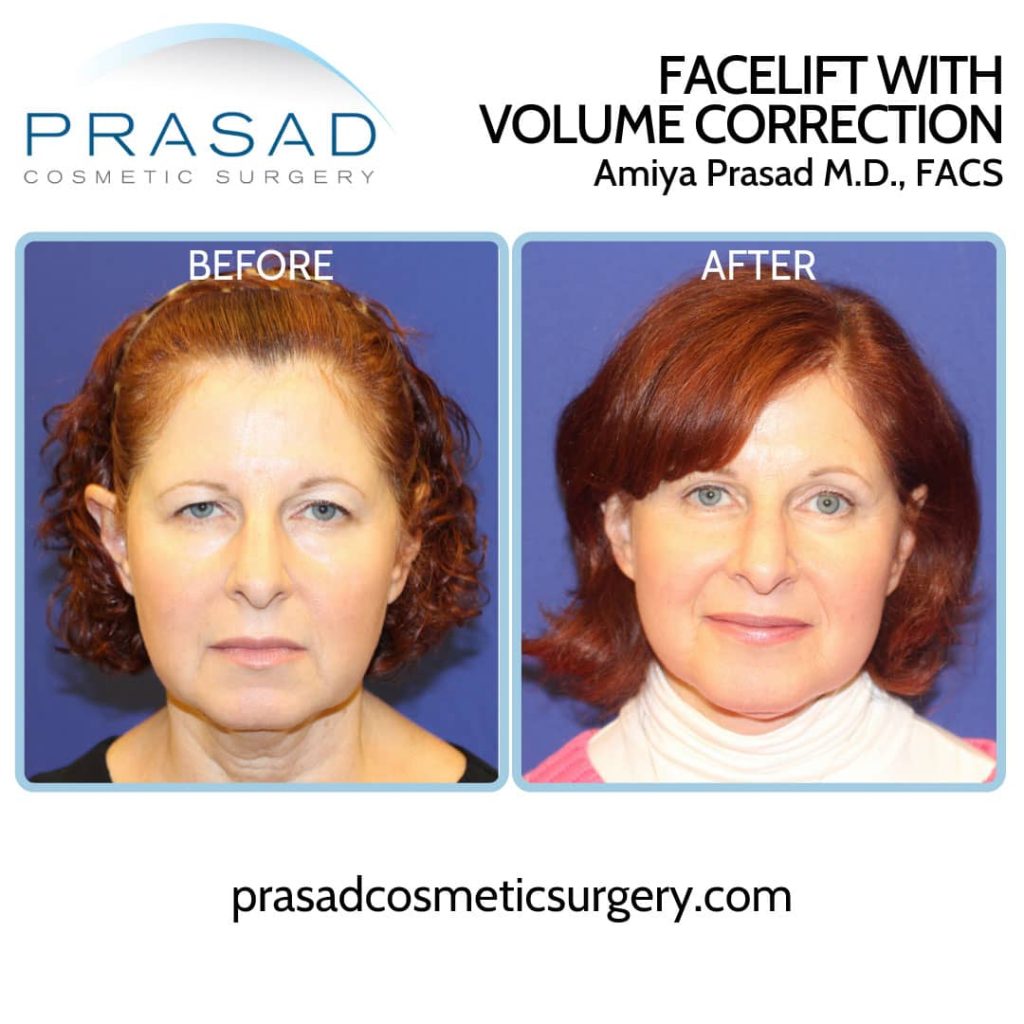
I perform Structural Volumizing for them, and they are very pleased with the results. This means that many people who have recently had facelifts may be able to postpone the need for another facelift by addressing the underlying bone volume loss with Structural Volumizing.
What can be done to achieve more youthful-looking skin once volume and definition have been achieved? Skin that is youthful is generally thought to be smooth, even in color, and has a vibrant glow. Understanding that your skin, like your heart and lungs, is an organ means that what’s good for your body is also good for your skin. Avoiding smoking and excessive sun exposure through a healthy diet, sleep, and exercise is a good starting point.
Procedures for Youthful Looking Skin
Much of what I do for my patients’ skin in their 40s and beyond falls into two categories:
- helping the skin recover from previous exposures such as sun damage, which causes discoloration and wrinkling from collagen loss; and helping the skin recover from future exposures such as acne.
- Treating the skin for appearance maintenance and slowing the effects of aging.
These two objectives overlap with the more common procedures I perform. For example, I use PRP, or platelet rich plasma, which contains a high concentration of wound healing cells and growth factors. PRP stimulates collagen production and improves blood supply to the area being treated. I inject PRP beneath the skin, which aids the fat cell layers beneath the skin.
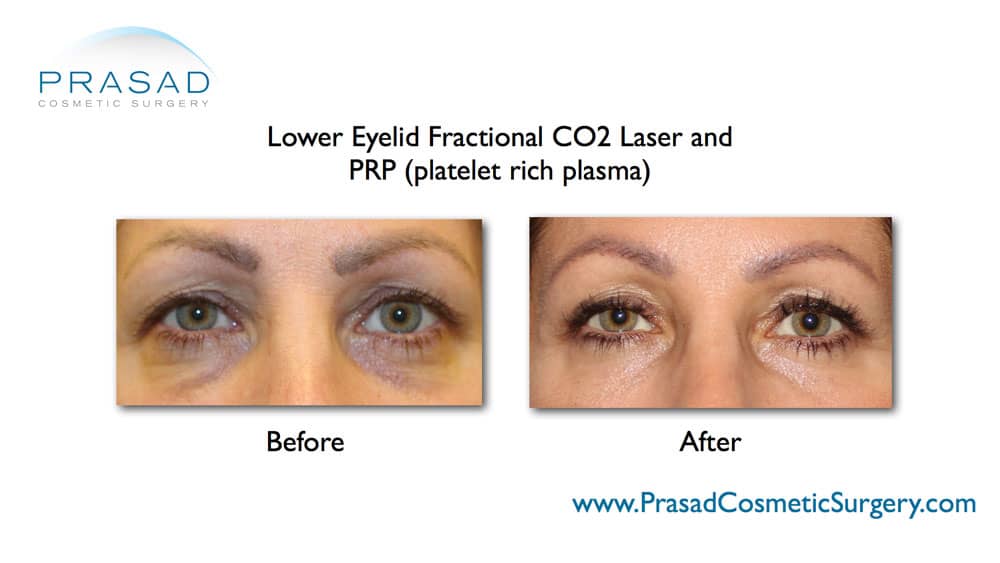
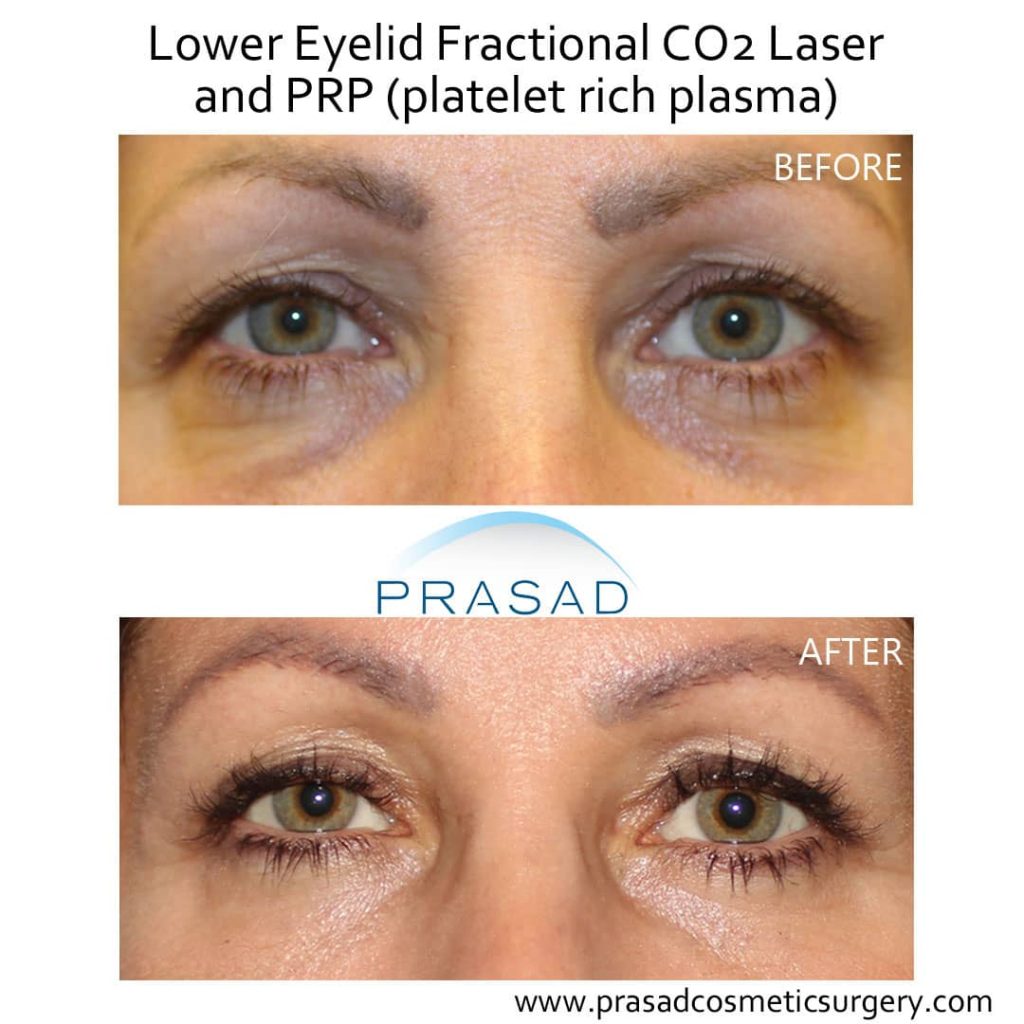
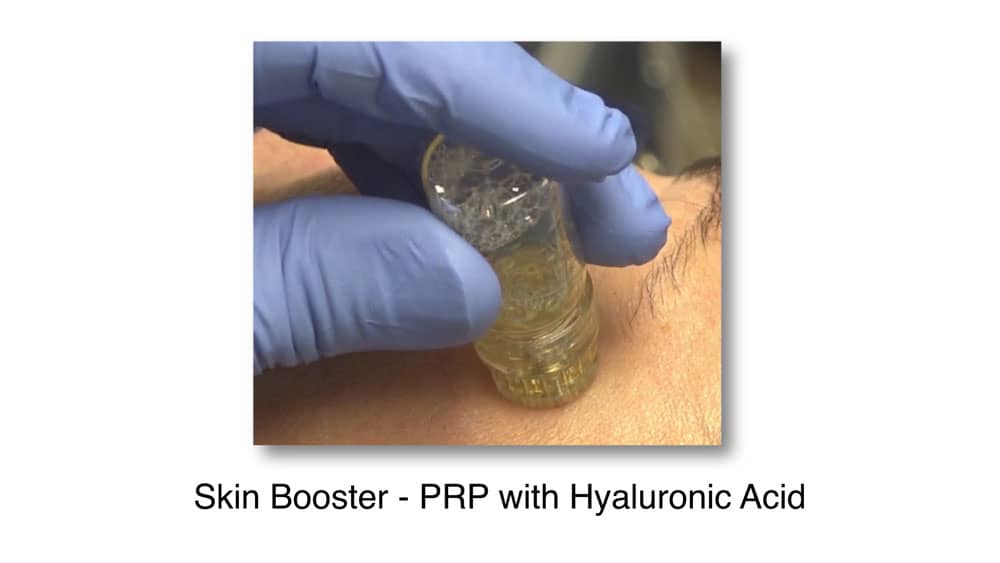
Is 40 too Young for a Facelift?
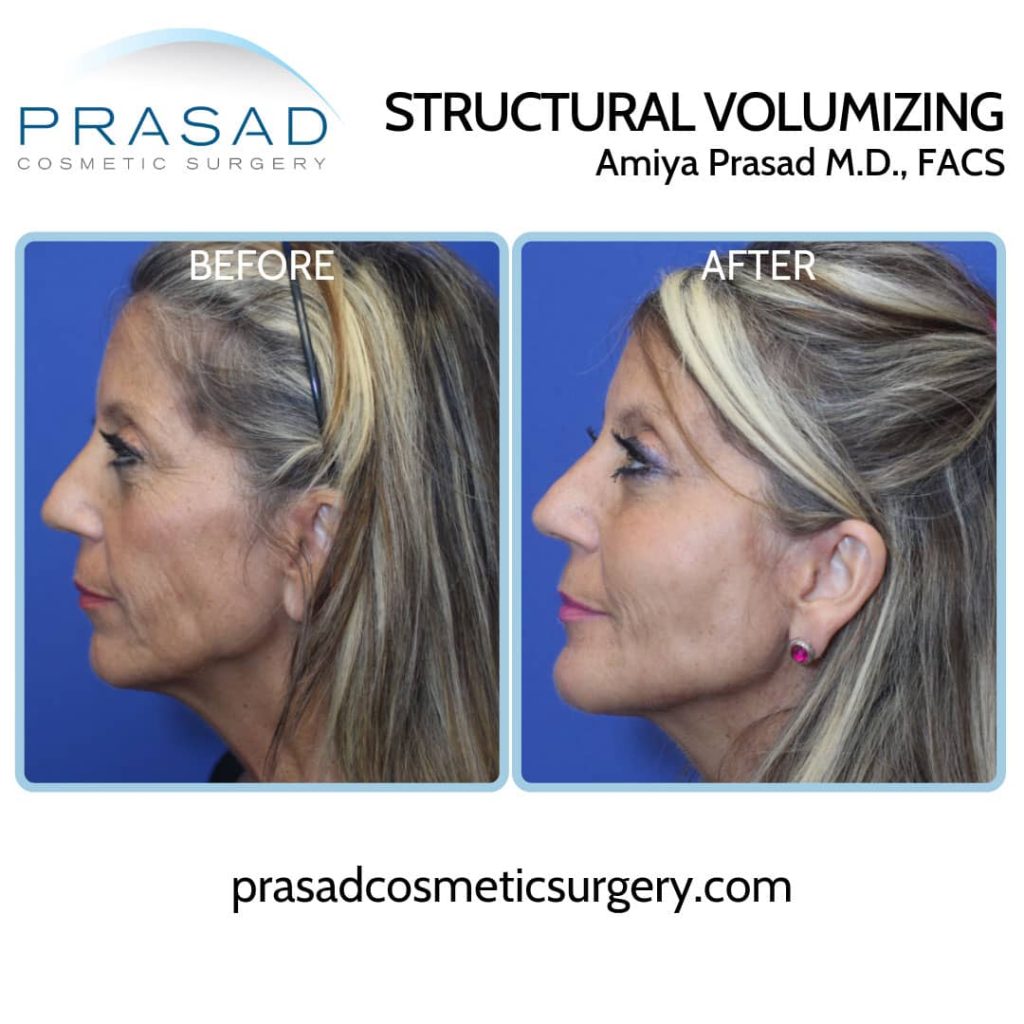
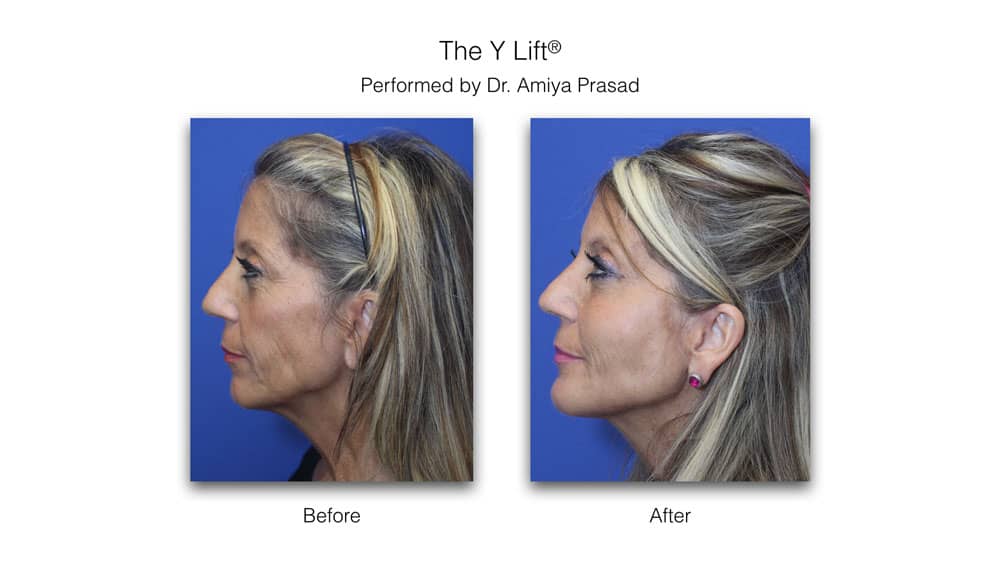
Surgical and Non-Surgical Facelift Manhattan, NYC and Garden City Long Island, New York
Dr Amiya Prasad is a Board-certified cosmetic surgeon, and Fellowship-trained oculofacial plastic & reconstructive surgeon. He’s been in practice in Manhattan, and Long Island for over 25 years. To schedule a consultation, fill up the form below or contact any of our offices at (212) 265-8877 for Manhattan, New York City; (516) 742-4636 Garden City, Long Island; or (703) 356-1336 for Vienna, Virginia.
